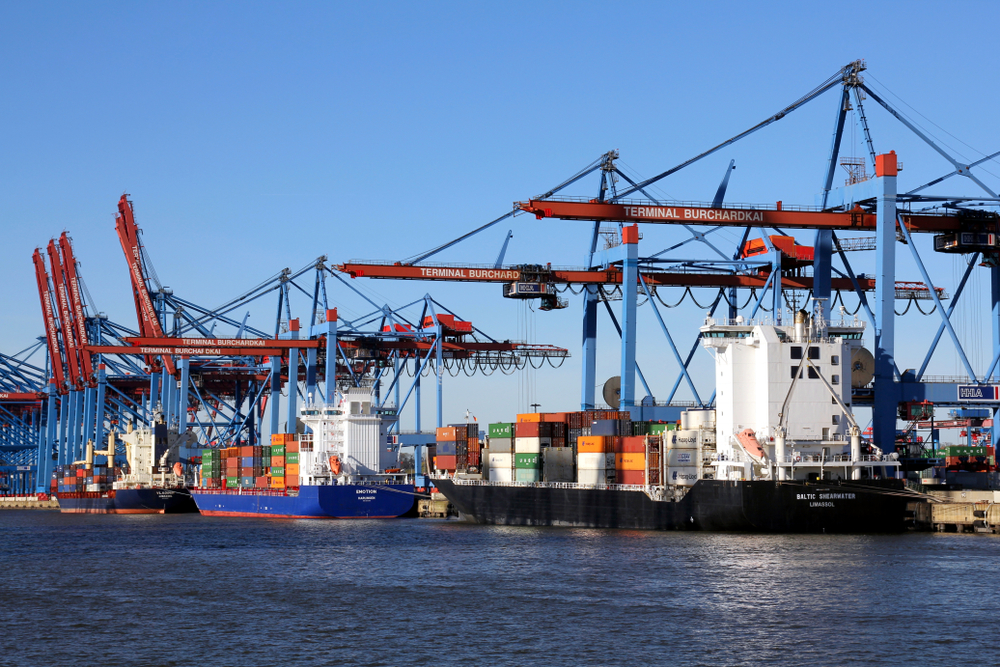The increase in the importing and exporting of goods has manufacturers and shippers continuously looking for ways to streamline processes and move products to their destinations more efficiently. With port bottlenecks and other disruptions still impacting supply chains, finding ways to optimize logistics has become a top priority throughout the industry. One of many ways that companies can optimize logistics operations is by improving their transloading practices.
Supply chain transloading involves the transfer of goods from one form of transportation to another — from rail to truck, for example — as they move along the supply chain. While this is often a necessary step in the process, when done effectively, transloading may also lower shipping costs and speed up delivery times, along with other advantages:
- Improves flexibility, creating redundancy in the event of a problem
- Protects against potential errors or disruptions
- Allows a business to reach new markets and grow
Recognizing the need for enhanced supply chain transloading, J.B. Hunt Transport Services Inc., one of North America’s largest supply chain solutions providers, recently announced that it will be opening its first transloading facility. The facility will aim to support incoming international cargo and optimize the transportation of goods on land. J.B. Hunt expects that this transloading facility will allow for a more efficient flow of goods.
Optimizing Supply Chain Transloading
Transloading has the potential to help a company become more agile, reduce delivery times, and meet growing consumer demand — however, if transloading processes are not optimized and done correctly, they may have the opposite effect and raise costs, slow down delivery, and decrease customer satisfaction.
Organizations striving to improve their supply chain transloading processes may consider incorporating key best practices:
- Incorporate multiple modes of transportation: Combining transloading operations to include all relevant forms of transportation, such as rail, air, ocean, and land, allows logistics companies to continuously monitor costs, delays, and other factors, and switch throughout modes of transportation as needed to get the best outcome.
- Deconsolidate where possible: Combining deconsolidation with transloading practices can speed up the process. For example, rather than taking a larger shipment and transloading it onto one truck bound for one destination, breaking that shipment up between multiple trucks bound for various destinations — each of them closer to the end-consumer in that market — can lead to faster order fulfillment and increased customer satisfaction.
- Consider partners to help optimize the process: Companies striving to streamline their transloading processes can partner with third-party suppliers that help optimize the supply chain. Many of the world’s top manufacturers partner with iGPS to manage all their pallet needs. Plastic pallets from iGPS are 30% lighter than traditional wood-block pallets and consume less fuel during shipment— making them an ideal choice for enhanced sustainability.
Supply chain transloading can be beneficial for every means of transportation. When managed correctly, the benefits give companies greater opportunities to meet skyrocketing consumer demand and set themselves up for long-term success.
Companies committed to improving their supply chain transloading rent iGPS plastic pallets for all their shipping needs. Our lightweight, recyclable plastic pallets can help reduce harmful emissions and lower your Total Cost of Business. For more information, contact us at 1-866-557-0047, email a specialist at switch@igps.net, or visit our contact page.



